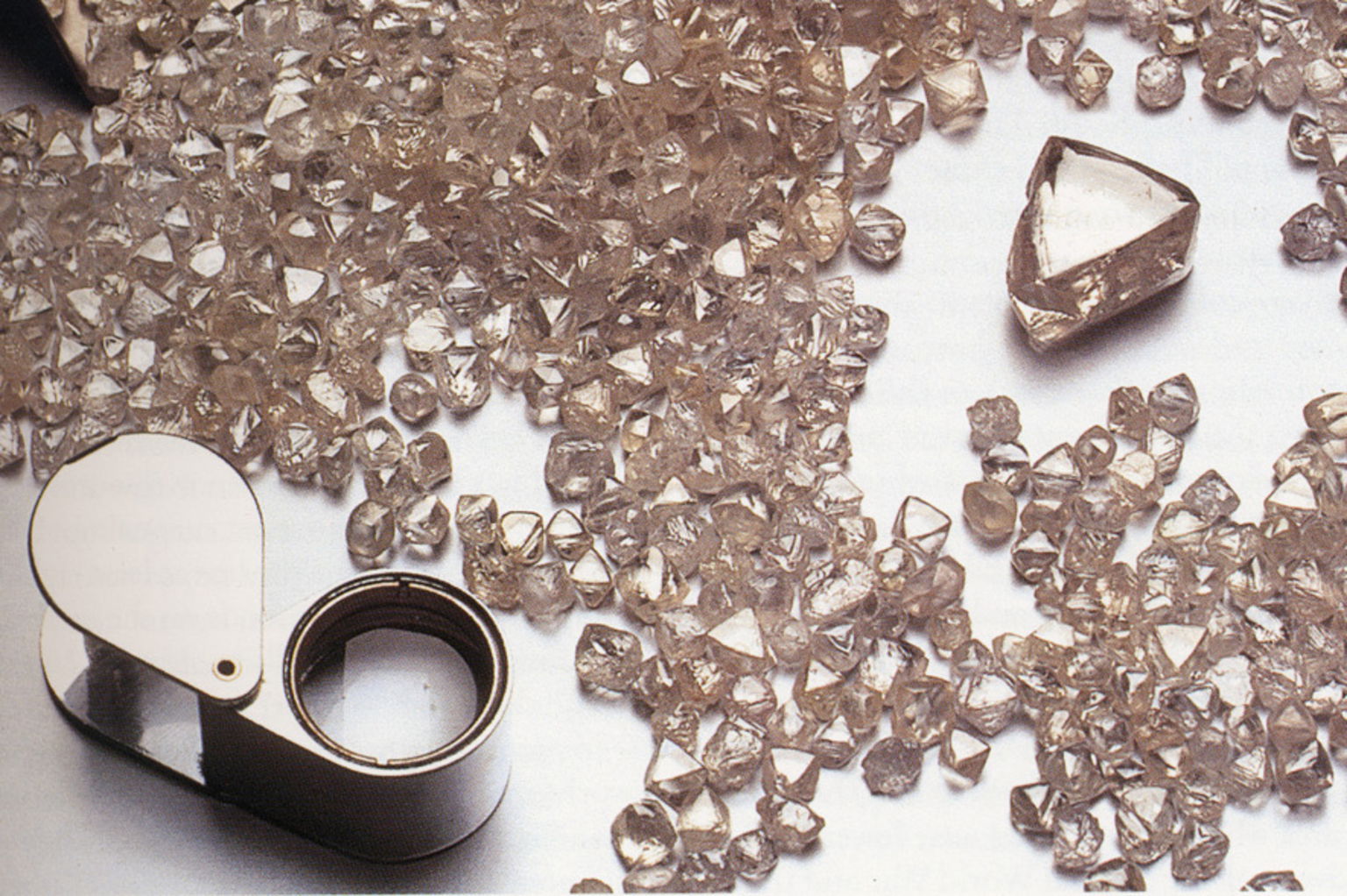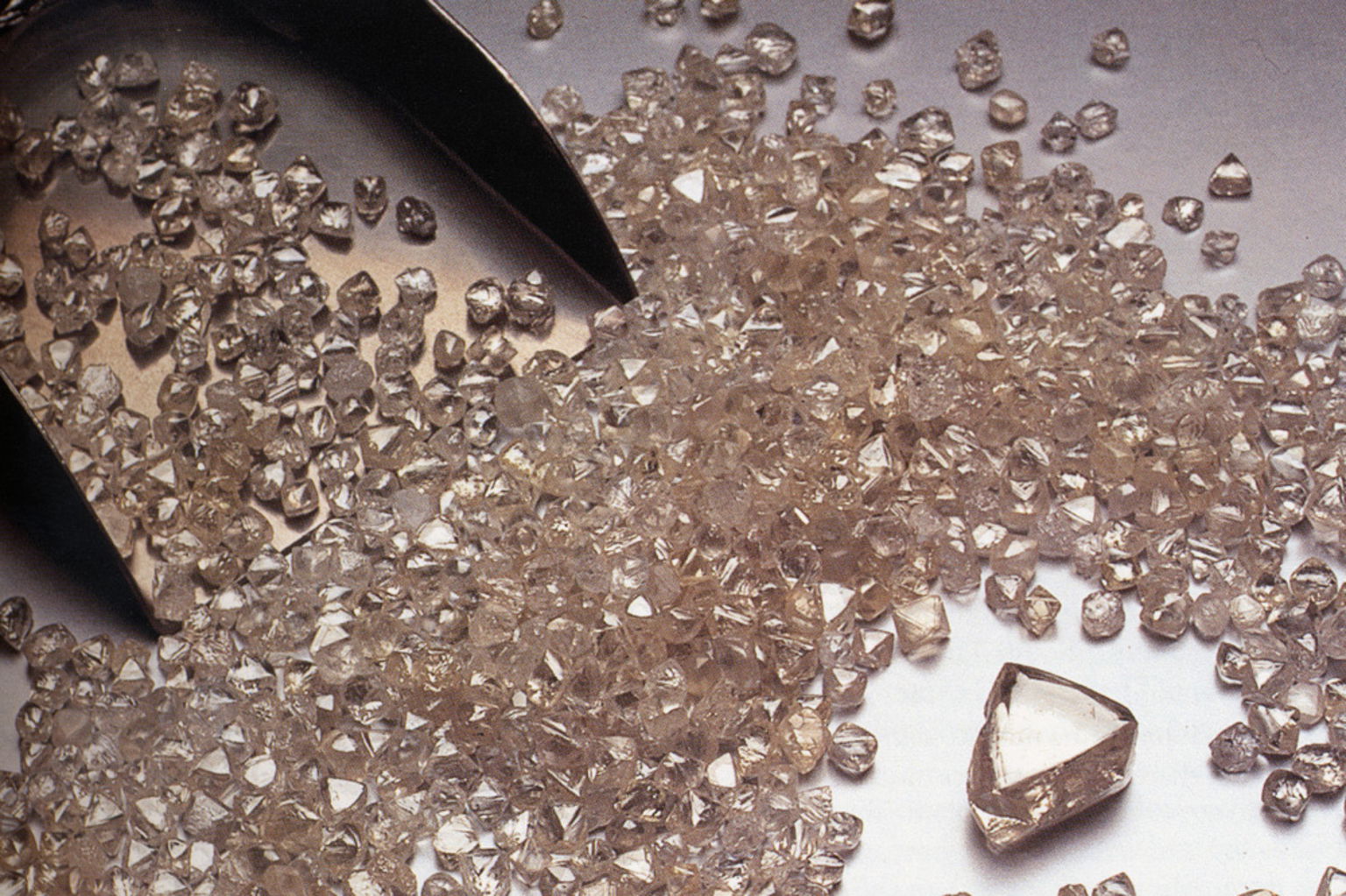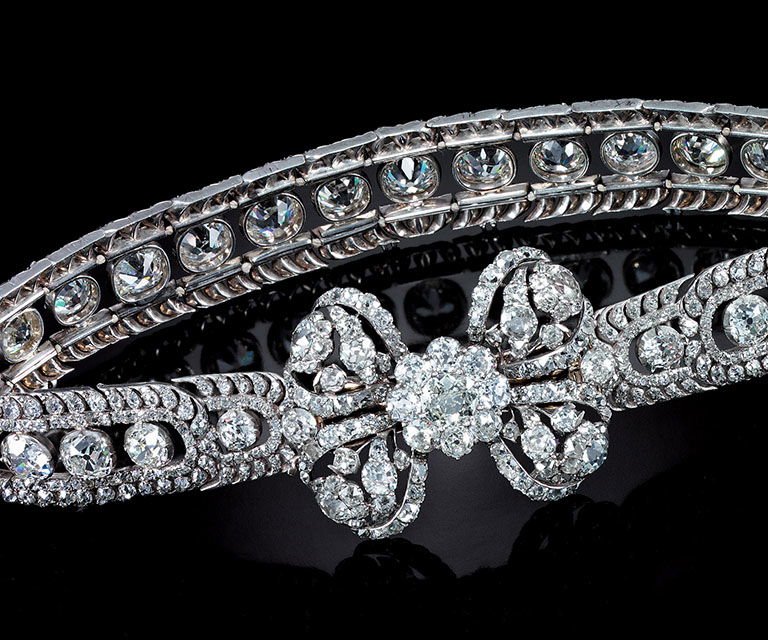Select a gemstone
Tools of the Trade


Tools of the Trade
Unfortunately, a knowledge of gemstones is not easily acquired without access to a great number to study, and a daunting array of sophisticated instruments. It is assumed that the reader can satisfy neither of these conditions, but nevertheless wishes to pursue the subject as far as a modest budget will allow.
Pocket Lens
If one buys nothing else, a x10 pocket lens must be considered absolutely vital. This particular magnification is chosen since it is at this power that the presence of flaws in a diamond is judged; it is also a useful magnification for the study of inclusions in other stones. The lens should also, by preference, be achromatic (colours are unchanged when viewed through the lens) and aplanatic (corrected for linear distortion). Such lenses are not expensive.
Microscope
A microscope is vital where higher magnifications are required, although a power beyond x40 is rarely used. A simple school laboratory instrument can serve the purpose and may be purchased cheaply, secondhand. A separate light source, able to be focused if possible, or transmitted by means of a fibre optic, will prove invaluable.
Refractometer
A summary of the operation and construction of the instrument is given in Appendix A, together with a brief introduction to the refraction of light. All gem materials have a refraction index (RI) associated with them. This is expressed as a number, or a range of numbers, many of which are readable on this instrument with a little practice. On the face of it, this instrument would appear to answer all the problems of gem testing; sadly this is not the case. A synthetic sapphire will have the same reading as a natural sapphire, stones in settings are notoriously difficult to read and cabochon stones are virtually impossible. Couple this with the fact that many materials have indices very close to one another and it will be understood why the instrument has not been placed at the head of the list. Nevertheless, it is of great use in pointing one in the right direction; if the blue stone under test has an RI of 1.72 it cannot be a sapphire, and is probably a spinel, either natural or synthetic.
Chelsea Colour Filter
This little instrument, scarcely larger than a pocket lens, merits inclusion if only because of its low price. It should not be relied upon as being diagnostic, simply as a quick reference particularly useful in the case of emeralds, pastes, demantoid garnets and synthetic blue spinels.
Other Instruments
Most other instruments would be ruled out by the amateur on the basis of cost. The spectroscope is a useful diagnostic tool but is very difficult to use, particularly for stones which exhibit absorption lines at the extreme ends of the visible spectrum. The polariscope is of use for quickly identifying stones which crystallise in the cubic system from stones with a differing crystal structure (e.g. ruby from garnet and red spinel).The dichroscope is a useful back-up when testing birefringent (see Appendix A) gemstones, though like the spectroscope it is not easy to use, and is really only applicable to unmounted stones.
Next chapter
Appendix

